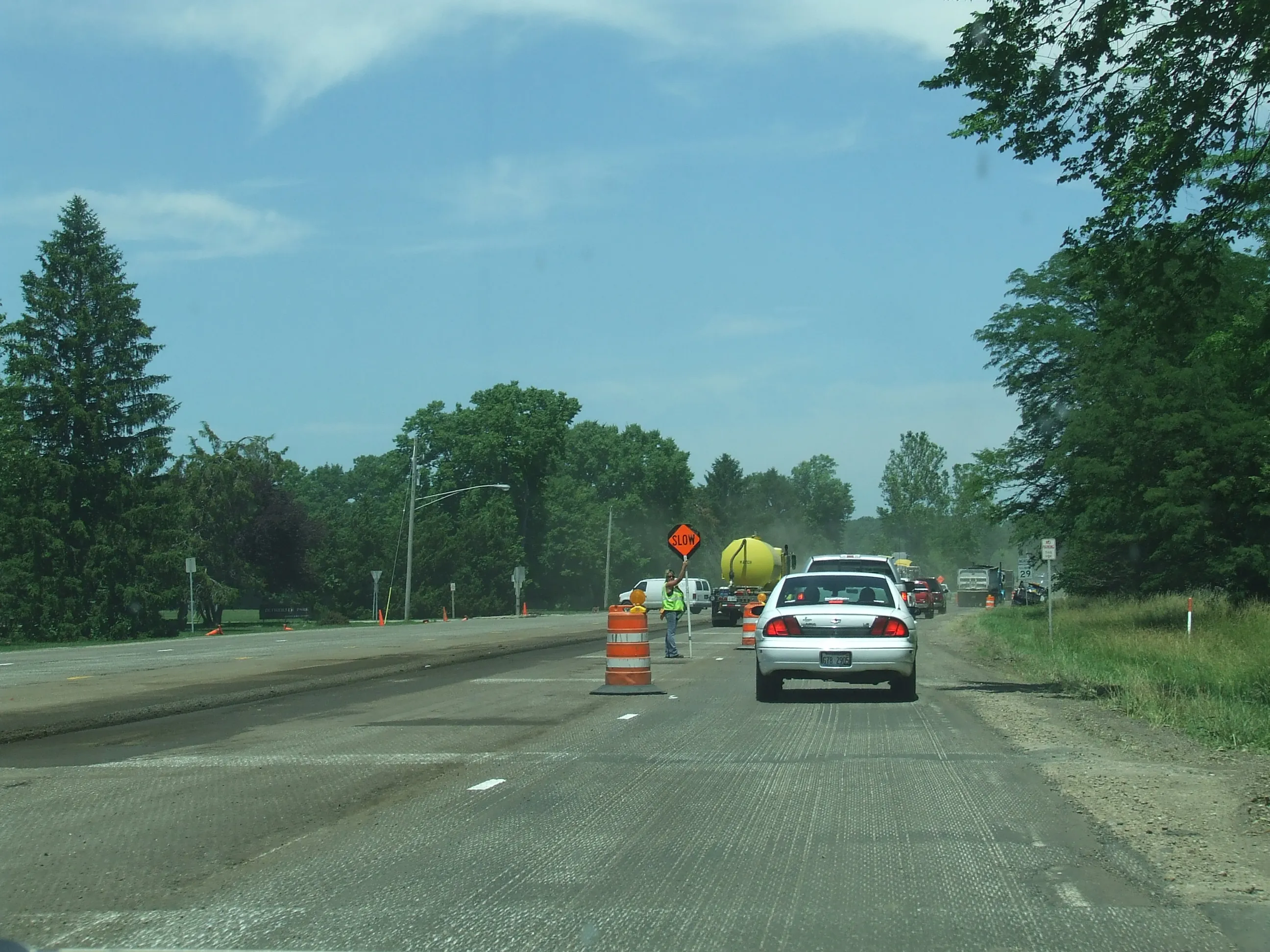US drivers have travelled less.
By MJ Woof
March 10, 2021
Read time: 2 mins

US drivers have covered considerably less ground in 2020 than in previous years. That is result of a report from the Federal Highway Administration (FHWA). According to the report, the total distance travelled by US drivers was reduce by 13% for 2020. That is also the first decrease in distance travelled for six years.
The FHWA new year-end estimates reveal total km driven fell from 5.3 trillion VMKm in 2019 to 4.5 trillion in 2020. This decrease is equivalent to an estimated reduction in carbon dioxide emissions of nearly 170 million tonnes.
The latest data has been published in FHWA’s December 2020 ‘Traffic Volume Trends’ report, a monthly estimate of US road travel. This shows that, combined, the total distance driven on public roads and highways in 2020 was the lowest since 2002.
However, despite a significant reduction in overall traffic volume, preliminary data from the USDOT shows that roadway fatalities fell only slightly, by an estimated 2% for the first six months of the year.
The estimate for US traffic fatalities for the first half of 2020 shows that an estimated 16,650 people died in motor vehicle traffic crashes. This is a 2% drop from the 16,988 fatalities reported to have occurred in the first half of 2019.
Preliminary data reported by the FHWA shows that the total distance travelled in the first six months of 2020 decreased by about 422.7 billion km, a drop of around 16.6%.
The fatality rate for the distance travelled for the first half of 2020 actually increased to 1.25 fatalities/160 million VMKm, up from the 1.06 fatalities/160 million VMKm in the first half of 2019. The counts for 2019 and 2020 and the ensuing percentage change from 2019 to 2020 will be further revised as the final FARS files for 2019 and the annual reporting file for 2020 are available next year.





